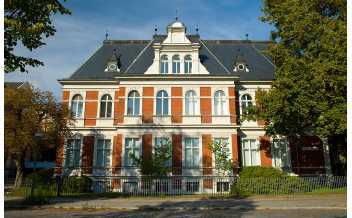"Berlin combines the culture of New York, the traffic system of Tokyo, the nature of Seattle, and the historical treasures of, well, Berlin." Hiroshi Motomura
Berlin, Germany’s capital and home to roughly 3.5 million people, is the second most populous city-proper in the European Union, and full to the brim with attractions. Dating back as far as the 13th Century, it has been the site of many significant historical events, and this is plain to see, with regal palaces, cathedrals, and memorials aplenty. For the culturally minded, Berlin boasts renowned orchestras, museums, universities and sporting events. Economically, it has become a centre for high-tech industries, and this partially explains why Berlin is also a transport hub for European air and rail passengers.
For the young at heart, Berlin has perhaps the most diverse and attractive nightlife of the whole continent. With no legal closing time on weekends, revellers can dance – to a range of different musical styles – til they drop. The clubs themselves have storied histories; many were previously Soviet buildings which, when the Berlin Wall tumbled, became and remain important counter-cultural locations. With its temperate climate, Berlin is worth a visit at any time of year, and has something for everyone.
A long weekend in Berlin
Further afield: A day in Potsdam
Activities
-
-
-
-
-
-
-
Charlottenburg-Wilmersdorf Museum, Villa...
Since 2012, the Charlottenburg-Wilmersdorf Museum has been housed in the...
-
East Side Gallery, Berlin
The longest open-air gallery in the world on a section of the Berlin Wall.
-
-
-
-
-
Reichstag Building, Berlin
The home of the German national parliament, the Reichstag Building offers...
-
The Brücke Museum, Berlin
The museum itself contains artwork exclusively from the Brücke movement,...
-
Topography of Terror, Berlin
This place of remembrance is on the site of the former SS central command.
-





















